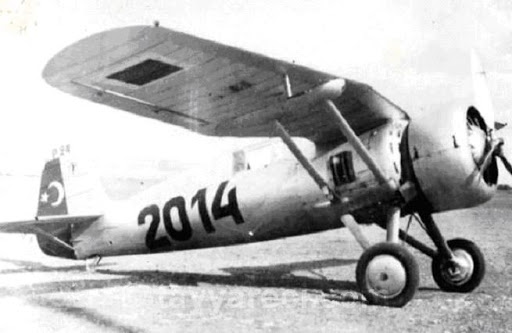
The PZL P.24 was a next-generation fighter aircraft designed by Zygmunt Pulawski at the PZL factory in Warsaw in the mid-1930s. The design aroused international interest, but the Polish Air Force never bought it because it wanted to wait for the PZL.50, which was never developed. Abyssinia (Ethiopia) bought the third prototype, Turkey has purchased 44 units and a license to manufacture it itself. During the same period, Greece bought 30, Romania 6 plus licenses for 44, and Bulgaria 40 (only 22 delivered).
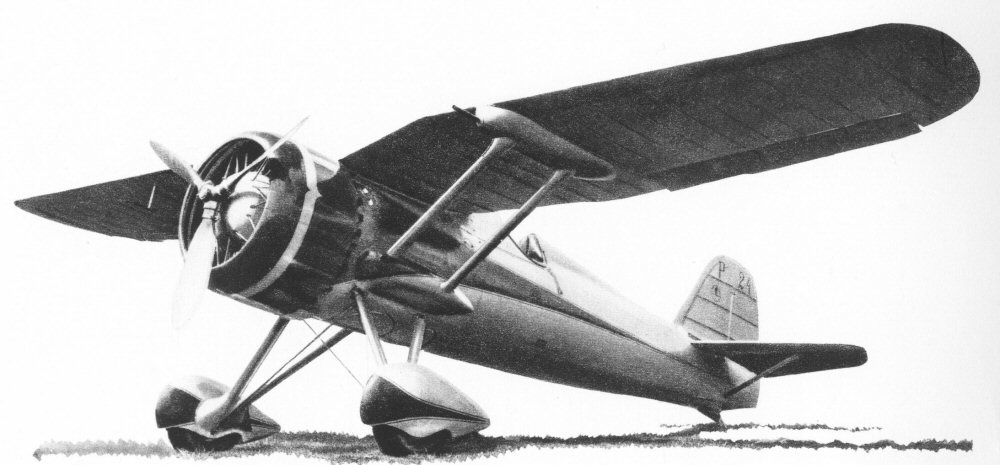
Development
The P.24 was developed as an export version of the PZL P.11, an all-metal fighter with a gull-wing design. The P.11 was powered by a Bristol Mercury engine, but the license did not allow export sales, so the French company Gnome-Rhône suggested using their engine. Based on the P.11a and powered by the Gnome-Rhône 14Kds 760 hp (570 kW) engine, the first P.24/I prototype flew in May 1933. The second P.24/II prototype was designated “Super”.
P.24 radial engine fighters set a world speed record of 414 km/h. The third P.24/III prototype was the “Super P.24bis” with a more powerful 14Kfs engine. This model was exhibited at the Paris air show in 1934 and attracted great interest from the participants.
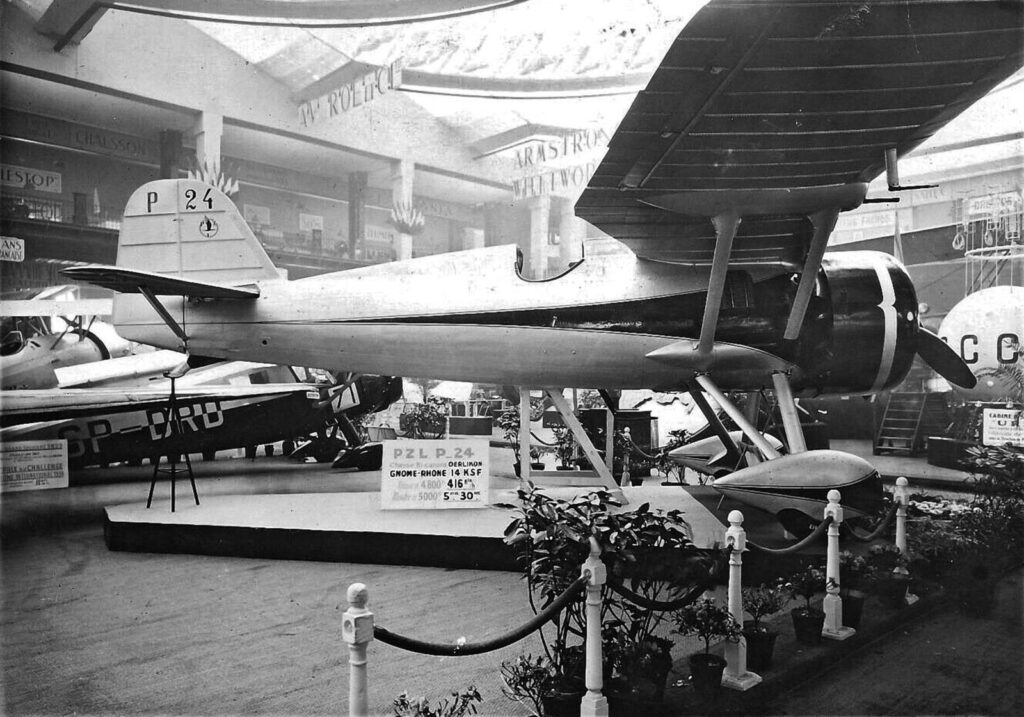
The design was completely traditional, except that it was high-winged. It had an all-metal construction. The wings were thin and close to the fuselage to give the pilot a good view, and had the shape of a gull wing. This configuration was developed by Zygmunt Pulawski and is called the “Polish Wing”. After the prototypes, the canopy was closed.
The internal 360-liter fuel tank in the fuselage could be lowered in an emergency, and had fixed landing gear that was traditional for the time. It could use a 20 mm Oerlikon FF cannon as a weapon and a 7.92 mm Colt-Browning machine gun combination on the flanks.
Operational History and Turkish Aircraft Society
Although it was a better fighter than the P.11, it was not bought by the Polish Air Force and they preferred to wait for the PZL.50. When it became clear that the PZL.50 would not be ready in time to counter the approaching German attack, production of the P.11 continued. The P.24 was ordered, but no PZL.24 was produced for Poland before the war began. During the war, two ready-made aircraft were used. Despite this, PZL.24 received greater attention outside of Poland.
Atatürk says to Bolu Deputy Cevat Abbas Bey; “Aviation is extraordinarily important militarily, Europe and America have begun to see aviation as a sporting issue, think about it. Let’s not be late, let’s raise a knowledgeable, brave and winged youth. Expand your imagination. Even consider making a plane. Build the society and let me know you’ve started working”. (thk.org.tr)
On February 16, 1925, the “Turkish Aircraft Society” was established and Cevat Abbas was appointed as its president.
Following the enactment of the Aircraft Factory Appropriations Law on 5 April 1925, the establishment of a Turkish Joint Stock Company between the Turkish Government and the Junkers Company for the Tayyare Engine Factory facility and the signing of the contract by the Deputy Finance Minister Hasan Bey was accepted with the Decree dated 15 August 1925 and numbered 2347. This contract was approved by the Government on 7 October 1925. In this way, one of the first foreign capital companies of the young Republic of Turkey, “TOMTAŞ-Aircraft and Motor Türk Anonim Şirketi” was established. It was also decided to purchase the fighters, reconnaissance and bomber aircraft required for the supply of the Air Force from the Junkers Factory in Germany until the factory became operational. (https://ataturkancyclopedisi.gov.tr/)
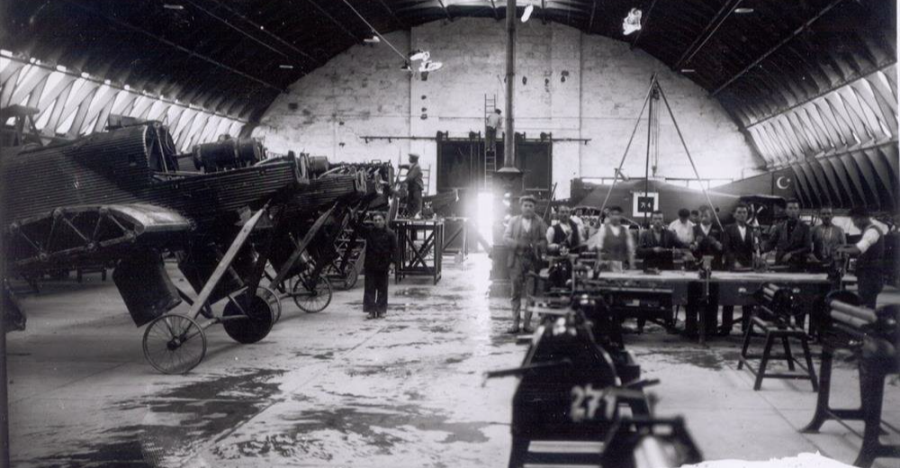
The Aircraft Factory in Kayseri was opened with a ceremony on October 6, 1926. The production of the two-engine Junkers A-20 Bomber aircraft has begun. When the production of these planes was completed and the assembly phase came, the disputes that arose in the implementation of the TOMTAŞ Agreement with Junkers Company at the beginning of 1928 could not be brought to a positive conclusion by the arbitration committees. The factory was placed under the command of the Air Force Inspectorate on May 3, 1928, and with the Government Decree dated 27 November 1929 and numbered 8591, TOMTAŞ was abolished; The entire company, including all the shares of the German Junkers Company, was sold to the Turkish Aircraft Society, which was founded on February 16, 1925, for 1,469,000 liras.
In this factory, 15 Junkers A-20 bombers were manufactured by the Air Force until 1932. In 1932, an agreement was made with the American CURTIS-WRIGHT Group. Thus, the Americans took the first step into the Turkish Aviation Industry. Licenses for Curtiss Fledling trainer aircraft and Curtiss Hawk fighter aircraft were obtained from the USA, respectively. Production started in 1934.
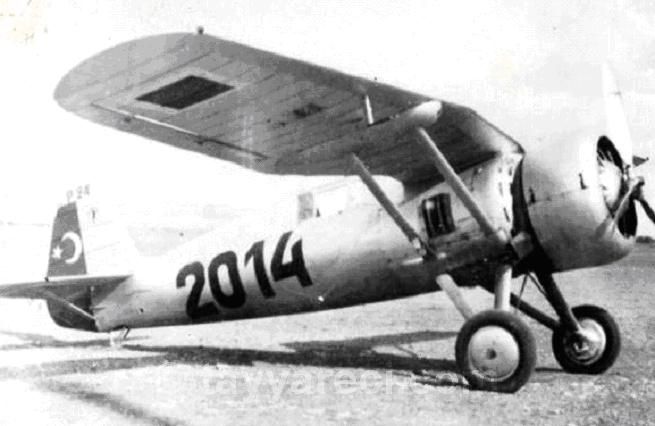
Until 1937, the Turkish Aircraft Society ordered 14 P.24A and 26 P.24C. The license of the P.24, known as the best fighter aircraft of the time, was also obtained. With this license, Turkey produced 20 P.24A/C and 30 P.24G aircraft in Kayseri.
All P.24s were used in the 21st, 41st, 42nd, and 43rd Hunting Squadrons. Aircraft in the 42nd and 43rd Divisions were transferred to the Air School in 1940. They were decommissioned in 1943 with the arrival of Hawker “Hurricanes”.
The only genuine example of the PZL P.24 left in the world is exhibited at the Yeşilköy Aviation Museum in Turkey.

Specifications (P.24A, P.24B, P.24C)
- Crew: 1
- Type: Fighter Plane
- Length: 7.50 m (22.96 ft)
- Wingspan: 10.71 m (32.80 ft)
- Height: 2.69 m (8.82 ft)
- Wing area: 17.90 m² (192.7 ft²)
- Curb weight: 1,327 kg (2,925 lb)
- Loaded weight: 1,870 kg (4,121 lb)
- Max. take-off weight: 2,000 kg (4,400 lb)
- Power unit: 1 × Gnome-Rhône 14Kfs 14-cylinder twin-row radial engine, 900 hp / 930 hp (max.) (671 kW / 693 kW (max.))
- Maximum speed: 410 km/h (254 mph)
- Range: 700 km (435 mi)
- Maximum Altitude: 9,000 m (29,527 ft)
- Climb speed: 11 m/s (2,160 ft/min)
- Power/mass: 0.376 kW/kg (0.230 hp/lb)
Weaponry:
- P.24A
- 2MG
- 2 20mm balls
- 2 x 50 kg (110 lb) bombs
- P.24B, P.24C
- 4MG
- 4 x 12.5 kg (27.5 lb) bombs
Sources:
https://www.thk.org.tr/turk_tayyare_cemiyeti
https://ataturkansiklopedisi.gov.tr/bilgi/Atat%C3%BCrk_D%C3%B6neminde_Havac%C4%B1l%C4%B1k_ve_U%C3%A7ak_Sanayii
http://www.tayyareci.com/
https://defensehere.com/
https://military.wikia.org/wiki/PZL_P.24
https://ww2db.com/aircraft_spec.php?aircraft_model_id=84

Be the first to comment